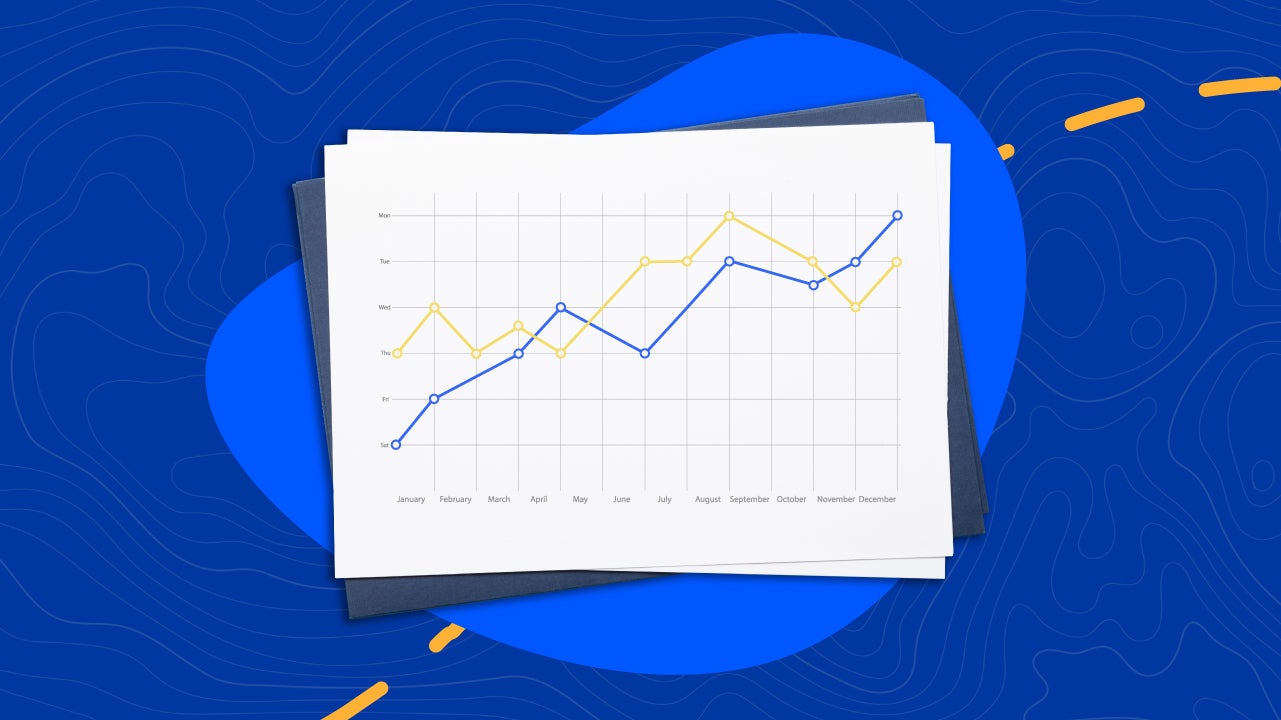Exchange Traded Funds: An Appealing Investing Option?

Traditional mutual funds have provided numerous advantages over creating a portfolio one security at a time for nearly a century. Mutual funds offer investors professional management, broad diversification, low costs, and daily liquidity.
ETFs are exchange-traded funds that take advantage of mutual funds trying to invest to the next level. ETFs can provide lower operating costs than traditional open-end funds and more flexibility, transparency, and tax efficiency in taxable accounts. However, there are some disadvantages, such as trading costs and the product’s learning complexities. Most common question that a person has is – How to buy ETF in India? But before buying you should know the different types of EFT and how the benefits of ETFs outweigh the drawbacks by a wide margin.
Different types of Exchange Traded Funds
Equity ETFs are companies that invest in the shares and other forms of equity of different organizations.
Gold ETF – A commodity exchange-traded fund that primarily invests in physical gold assets. By purchasing shares in this company, you could become the owner of gold on paper without worrying about asset protection.
Debt EFT – Debt EFTs are companies that trade fixed-income securities such as debentures and government bonds.
Currency EFT – Currency EFT funds profit primarily from exchange rate fluctuations. They buy currencies from various countries depending on calculated predictions about the currency’s future performance. Currency EFTs are influenced not only by stock market trends but also by the political and economic conditions of the respective nations.
Benefits of EFTs
Trade Flexibility
After the markets close, traditional open-end mutual fund shares are traded once a day. The mutual fund company which issues the shares is where all trading takes place.
Investors must wait until the end of the day, when the fund’s net asset value (NAV) is announced, to determine how much they paid for new shares that day and how much they will receive for shares sold that day. Most long-term investors can get by with once-a-day trading, but some people need more flexibility.
During the day, whenever the markets are open, ETFs are bought and sold. During regular exchange hours, the pricing of ETF shares is continuous. The best ETF to buy in India are those which gives high returns and usually have less than 1% expense ratio.
Risk Management
Investors who lack expertise in specific styles, sectors, industries, or countries may wish to quickly gain portfolio exposure to those areas. Given the wide range of sector, industry, style, and country categories accessible, ETF shares may be able to get an investor with convenient access to a specific market segment.
ETFs are now traded on almost every major asset class and currency exchange worldwide. Furthermore, innovative new ETF structures represent specific investment or trading strategies. For example, through ETFs, an investor can continuously buy or sell stock market volatility or invest in the world’s highest-yielding currencies.
Tax benefits
When compared to mutual funds, ETFs have two significant tax advantages. Due to structural differences, mutual funds typically pay more capital gains taxes than ETFs. Furthermore, capital gains tax on an ETF is only incurred when the investor sells the ETF, whilst mutual funds move on capital gains taxes to investors over the life of the investment. In short, ETFs have lower capital gains, which are only payable when the ETF is sold.
The tax situation for dividends is less favourable for ETFs. ETFs, payout two types of dividends: qualified and unqualified. For a dividend to be qualified, an investor must have held the ETF for at least 60 days before the dividend payout date. The tax rate on qualified dividends ranges from 5% to 15%, depending on the investor’s marginal tax rate. Unqualified dividends are taxed at the same rate as the investor’s taxable income.
Low costs
All managed funds, regardless of structure, incur operating expenses. Portfolio management fees, custody costs, marketing expenses, administrative expenses, and distribution are examples of these costs. Costs have historically played a significant role in forecasting returns. In general, the lesser the cost of investing in a fund, the higher the fund’s expected return.
When compared to open-end mutual funds, ETF operating costs can be reduced. Client service-related expenses are passed on to brokerage firms that hold exchange-traded securities in customer accounts, resulting in lower costs. When a company does not have to staff a call centre to respond to questions from thousands of individual investors, fund administrative costs for ETFs can be reduced.
Conclusion
A wide range of investors uses ETFs to diversify their portfolios or gain exposure to specific industries. They trade similarly to stocks, but their price movements can also be compared to broad investments and entire indexes. They have numerous advantages over other managed funds, such as mutual funds.
ETFs are becoming a more popular investment vehicle due to their versatility, liquidity, and low trading costs. Investors are encouraged to investigate the wide range of ETF offerings and consider making ETF investments a mainstay of their overall investment portfolio.
